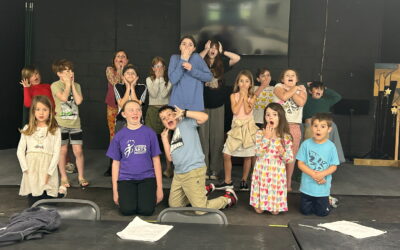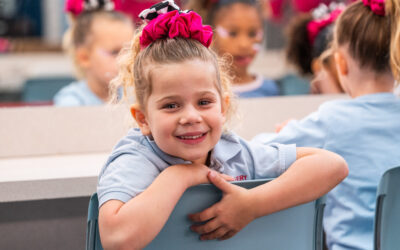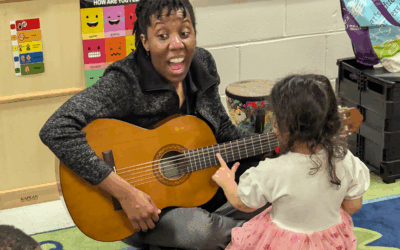Everyone I’ve ever known who is raising a child longs for three things above all – for their child to be healthy, safe and happy.
But no matter how well families provide for the children entrusted to their care, there are no guarantees. Being a kid has never been easy, but to speak of adolescent drama today means something completely different than it did not that long ago. No child is exempt from the fear of school shootings, the anxiety of testing or the competitive comparisons of social media. And it’s taking an increasing toll on our community’s youth.

According to the 2017 Youth Risk Behavior Survey of Duval County students administered by the CDC:
• More than 1 in 3 high school students experienced depression, a 24 percent increase since 2013.
• 1 in 4 middle school students seriously considered suicide, 1 in 5 made a plan and 1 in 8 attempted to die by suicide, a 21 percent increase since 2013.
• 1 in 5 high school students seriously considered suicide, made a plan and attempted to die by suicide.
It’s not only depression, of course. The CDC reports 1 in 5 American children ages 3 through 17 have a diagnosable mental, emotional or behavioral disorder. However, 80 percent of these children are not diagnosed and therefore don’t receive the help they need, even if they had access.
Now more than ever, it’s important that kids be equipped to utilize the visual and performing arts as a means of self-expression, perseverance and finding purpose. Young people often feel safer expressing traumatic experiences and uncomfortable feelings through the arts than through traditional therapies.
When kids get to experience the arts, it changes their experience of life.
When kids see that they can create something – whether it is a monologue, movement with their body, a piece of art or a musical performance – that sense of self-efficacy increases their self-worth, resilience and determination to keep putting the pieces together to create meaning and positive change.
When kids aren’t sure of what they are feeling, the arts provide a vehicle for them to explore, process and express a whole range of emotions. The arts help children find their voice and use it wisely.
Neuroscience shows observing or participating in the arts increases dopamine and activates reward centers of the brain. Blood flow to the prefrontal cortex, which regulates our feelings, thoughts and actions, increases when participating in the arts. That which stirs the soul literally stirs the mind.
Anyone who watched the drama students who survived the school shooting in Parkland, Fla., perform at the Tony Awards last month saw how they drew strength, comfort and hope from participating in the arts.
At their worst, the arts can be reduced to decoration and sentimentality, but at their best, they can be a transforming force. The arts possess the power to do in us what we sometimes simply cannot do on our own.



